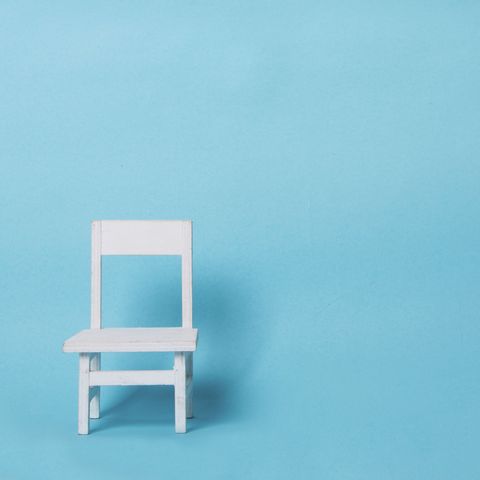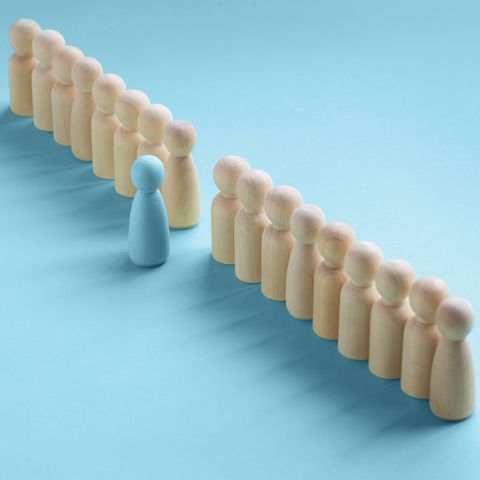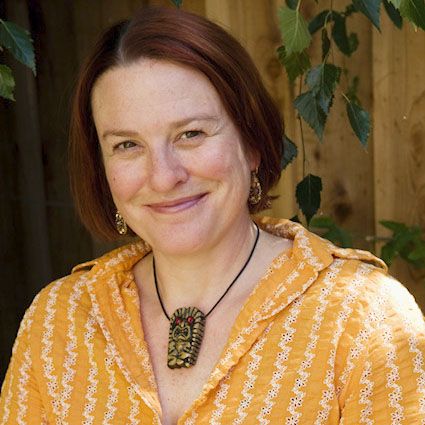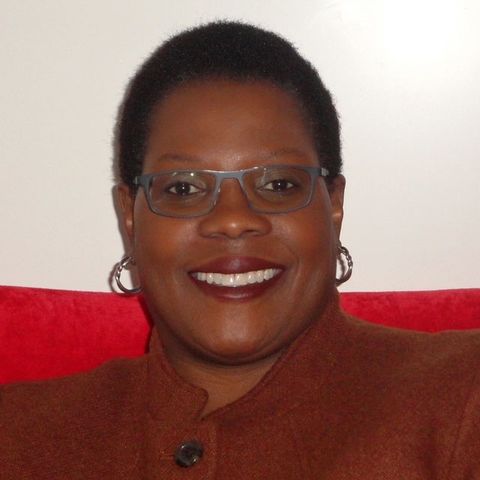Loneliness Epidemic – Consequences of Loneliness, Per Experts
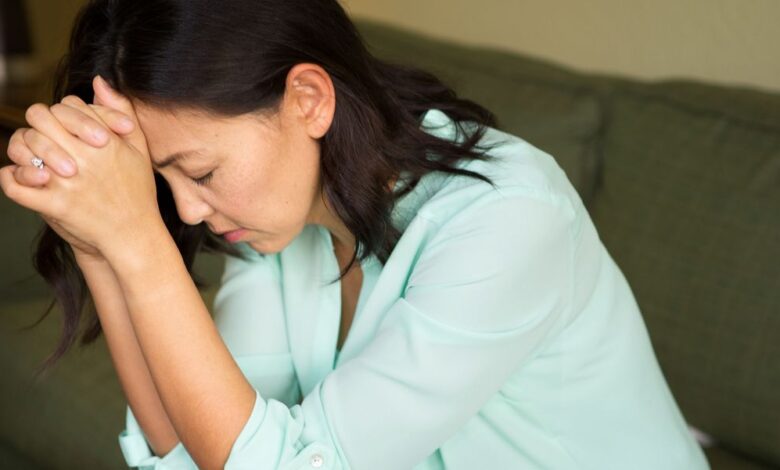
[ad_1]
Julie Wright is almost never alone. The Los Angeles social worker, 53, is married and has a son and a stepson as well as coworkers and friends she feels close to. Yet she says she feels lonely at some point every day. “I’m always doing something to take care of the house or the kids or whatever, and then if I have a few minutes, I think, It would be really nice to sit down with a friend and have coffee,” she says. “But there are all these barriers. I think, Well, who would I call who wouldn’t be too busy? It’s stressful to call someone out of the blue! And then I’d have to get in the car and be back soon, and there’s so much I need to be doing….”
Then, of course, there’s the COVID-19–related requirement to get together only in a masked, socially distanced manner, along with the fact that most of the time would be spent just catching up, which doesn’t feel as satisfying as connecting with someone who knows what’s going on in your life. “It just feels much harder than it used to,” Julie says.
Even before COVID-19, loneliness was looking like its own pandemic in this country. Too many responsibilities and commitments — along with sheer exhaustion — mean that pulling off a girls’ night over wine and olives may involve a dozen group emails and several postponements. And there are many reasons we’re lonely, beyond our schedules: A growing number of Americans now live alone, and technology is changing our lifestyles at a lightning-fast clip.
“We’ve had more change in the past 25 years than in the previous 2,500,” says Dilip Jeste, M.D., director of UC San Diego’s Center for Healthy Aging. “Social changes have been dramatic, and loneliness is definitely a part of that.” Gen Z and the very oldest generation are known to be the loneliest — with people under 20 registering as the loneliest of all, according to a recent survey of 20,000 U.S. adults by Cigna.
But the loneliness of women in midlife appears to be trickier to alleviate. Younger people get lonely when they don’t feel they have many social connections; for them, it’s often a numbers game, and making more friends is usually possible. Older adults, in contrast, opt for quality over quantity. Of course they are saddened when loved ones die, but they are developmentally better equipped to cope with that loss. “They’re actually happier than you may think,” says Dr. Jeste. It’s the people in the middle of this U-curve (the 30-to-60 crowd) who researchers are coming to see may be the most vulnerable, due to a mix of factors.
Your body on loneliness
Loneliness is more than simply not having people around. It really hinges on the quality of your relationships — the more satisfied you are with them, the less lonely you are. Middle age is when such dissatisfaction often runs highest — and when loneliness can start to affect physical health. “The loneliness- related diseases that old people get can take decades to develop, but often start to emerge on a cellular level in early middle age and even before then,” says Steve Cole, Ph.D., a professor of psychiatry, medicine and biobehavioral science at UCLA’s David Geffen School of Medicine.
You read that right: Feeling lonely, especially when it’s prolonged, can harm your body. “People think of their relationships as related to emotional well-being; they don’t recognize the profound effect they have on physical health,” says Brigham Young psychology and neuroscience professor Julianne Holt-Lunstad, Ph.D. According to her research, lonely people have a 26% increased likelihood of early death.
For those who have little or no social contact, that rises to 29%, and it jumps to 32% for people who live alone, says Holt- Lunstad. “We need to take our social relationships as seriously as we take diet, exercise, nutrition and everything else we know impacts our health,” she says. But there’s a big difference between situational loneliness, which is normal and inevitable, and longer-term persistent loneliness, which is linked to high blood pressure, depression, heart disease and stroke (among other conditions, including Alzheimer’s disease). This appears to be due to increased inflammation, which, in excess, is associated with chronic disease. It makes sense that feeling lonely could translate into physical ailments — we are social creatures, and that doesn’t mean simply that we enjoy being social, but that we need to be. It’s how we survive — together, in groups, finding strength in numbers (even if, unlike our ancestors, we wouldn’t literally starve to death if we didn’t have a go-to crew).
In her 2015 meta-analysis of 70 studies, Holt-Lunstad concluded that lonely people under 65 had a higher risk of death from any cause than those in other age groups. This is partly because lonely people tend to drink more, eat less healthfully and engage in risky behaviors such as drug use and indiscriminate sex, either to feel better or to numb themselves. A 2018 study of suicide notes published by the American Association of Suicidology cited loneliness as a core message in 23% of the notes.
Working relationships
People in their 30s and 40s may be lonely for different reasons than those in their 50s and 60s are. As Cole describes it, early middle age is when people can “get sucked up into the world at work and start doing what’s expedient and profitable instead of what’s most deeply nurturing.” People often move away geographically from family and friends who have supported them emotionally since childhood. Longtime friendships can fade as we crank it up at work and spend happy hours with colleagues who can help us get ahead but with whom we’re in competition. Childhood friends often are replaced with new-mom friends at the playground or at school — people with whom we have no history and may have little in common except that our children are buddies.
All this might seem like the opposite of social isolation, and it is. But to those over 30, to whom the quality of relationships begins to matter far more than the quantity, having random people around — especially those who serve more of a functional purpose than an emotional one — is often not enough to stave off loneliness. Says Holt-Lunstad: “Increased time spent with others, if you don’t pay attention to the quality of those relationships, actually can have some unintended negative effects.” According to a 2016 study of some 15,000 people ages 18 to 79, those between 30 and 49 reported the deepest dissatisfaction with their relationships.
Norwegian researchers Magnhild Nicolaisen and Kirsten Thorsen discerned that these were the ages filled with the most regret, with memories of a more carefree life still fresh in people’s minds. Nicolaisen also points to the “sandwich squeeze,” when many women in their 40s and 50s are caring for both children and elderly parents. She notes that having limited time to just hang out with friends and have fun leads to disappointment and, ultimately, loneliness.
Additionally, though we enjoy our own achievements and our children’s milestones as we move through our 40s, things tend to change then. Parents die, couples divorce, children move away, people lose their jobs — and we may be too busy to properly attend to the emotional fallout.
Vulnerability to loneliness peaks in our 50s, according to Dr. Jeste. “For the first time, you become aware of mortality,” he says, noting that this is when women enter menopause. It’s also when many illnesses — arthritis, diabetes, high blood pressure — make their debut. “It’s a time when we can no longer count on perfect health as we could when we were younger,” says Cole. “Put that all together, and you have a sort of situational invitation to be lonely and socially dissatisfied.”
Finding connection
Fortunately, loneliness is generally short-term and self-correcting — you feel lonely, so you make an extra effort to connect with those who will make you feel seen, validated and understood. Julie, the social worker in Los Angeles, has found a twice-weekly online women’s group to be especially helpful — she feels particularly connected to a woman in Wisconsin whom she’s never met in real life. “We just talk about our life issues, with everyone sharing their vulnerability,” she says. “It’s like we are all in this together, and it’s really great being reminded of that.” Even when participating in her group feels like too much after a long day at work, pushing through that discomfort and reluctance always pays off, she says.
Staying in touch with old friends — who may well be feeling the same sense of disconnection you are — also goes a long way. If using social media adds to your sense of isolation, reaching out to connect the old-fashioned way (on the phone, no video required!) can help. Exercise and quality sleep are key, as both contribute to mood regulation and overall health. And getting out and volunteering or taking a class in something you’ve never tried can keep your brain sharp and put you in contact with new people you may click with. But now and always, the best thing we can do for ourselves, for our health, is prioritize and nurture our friendships. It just might save our lives.
“How I sent my loneliness packing”
A version of this article appeared in the Jan/Feb 2021 issue of Good Housekeeping.
This content is created and maintained by a third party, and imported onto this page to help users provide their email addresses. You may be able to find more information about this and similar content at piano.io
[ad_2]
Source link


